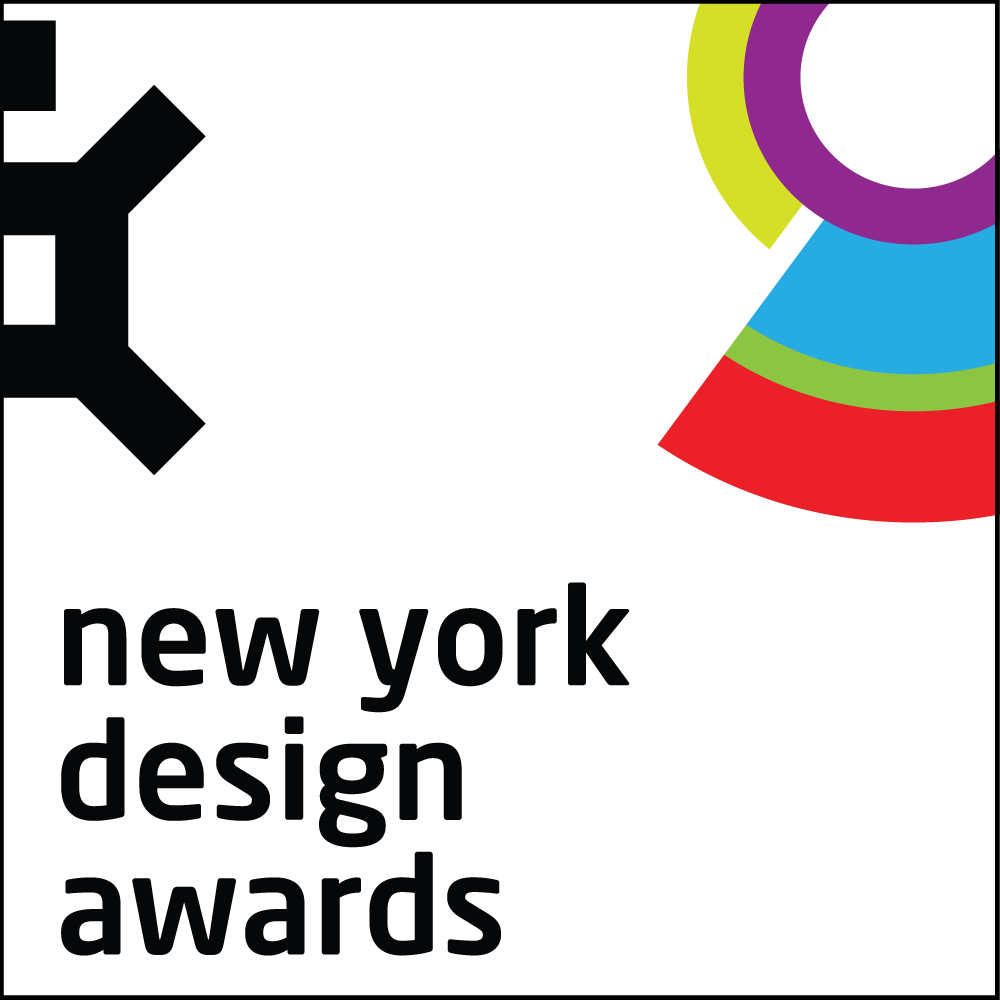









Image Credit : Woodruff/Brown

Project Overview
The Switzer Group was retained by IBM to design Watson’s new 150,000 SF home in Manhattan’s Silicon Alley. Transforming floors four through eight of Fumihiko Maki’s glass and steel structure at 51 Astor Place, The Switzer Group created an incubator for new applications of IBM’s breakthrough cognitive computing technology, and a design studio for next-generation programs, software and apps.
The dedicated IBM Watson headquarters was conceived as a showcase for Watson’s capabilities, and an inspirational workspace for millennials and idea generators of all ages.
This includes The Watson Client Interaction Center as well as offices, conference rooms, workstations and dining. The Client Interaction Center is where clients come to experience Watson and learn about its capabilities. The M&C labs on two of the floors provide solutions to clients - designing and solving problems for their customers. Half of the fifth floor is where Watson itself resides and is also where clients are brought to solution their problems with Watson.
Project Commissioner
Project Creator
Team
Lou Switzer,Chairman/CEO
Elizabeth Holechek, Principal In Charge
Luc Massaux, Creative Director
Erica Mattison
Cristian Stefanescu
Sean Steinbugler
Iris Etgar
Project Brief
An environment was created which promotes collaboration and interaction. The Switzer Group designed a non-static, flexible space consisting of movable partitions, touch down desking and “bene” banquet quiet work areas, collaborative counters, POD workstations, phone booths, a maker’s space and study areas. Wayfinding is an essential element in the design and multi-purpose power poles were employed which are color coded and moveable to organize and change different groups and departments depending on need.
The Switzer Group set the tone with a clean, timeless look for the interiors, combining terrazzo and textured metallic Laminam materials in the elevator banks, and lots of glass, acoustical wood with walnut veneers, European-inspired furnishings and LED lighting throughout. The fourth floor design studio is a totally flexible, open floor plan, divisible by hanging panels that double as marker boards. Desks with all white surfaces are moveable and can be raised and lowered for standing or sitting. To counterpoint the wide open spaces, seating areas and niches for small group gatherings, and glass enclosed “phone booths” for increased privacy, are strategically situated.
Project Innovation/Need
The Design approach was to create a blank canvas from which IBM could operate in an ever-changing environment, one that is fluid and expansive rather than static and fixed. To represent Watson’s capabilities, The Switzer Group designed a total sensory experience on the office’s fifth floor. Architectural fins that change color with the voice of Watson surround the circumference of the immersion room, where clients can interact directly with the technology. A 40 ft. video wall equipped with Oblong Industries’ futuristic Mezzanine ™ system allows visitors to move data from one screen to another with a wave of their hand.
The enclosed experience is an "Immersion Room" where people can enter and be immersed in a three dimensional environment where clients can further explore the details of Watson's capabilities - again utilizing Oblong technology for gesture and voice control.
Design Challenge
The primary goal at 51 Astor Place was to create a spirit of excitement, openness and collaboration in order to move IBM’s business forward and help introduce Watson to developers and industry. The new building’s core and shell, with floor to ceiling windows, high slab to slab height, column-less upper floors, and 360 degree light, served this objective well.
The real challenge was finding the best way to integrate the audiovisual and technology with the aesthetic. Everything had to be planned to extreme tolerances. Sensors had strict placement requirements, with a precise amount of light, air and space needed for the system to function properly.
Sustainability
The design is open floor with perimeter glass offices permitting light penetration into the space. There is daylight harvesting, which lowers light levels, using less energy. Additionally, ceramic porcelain was used on the walls of the elevator lobbies, which has a thinner veneer and therefore less material is used. The design also incorporates LED lighting throughout the project.
This project was site driven to attain a target impression and therefore design played the leading role. IBM had existing resources, which had gone through a vetting process with their vendors.
Interior Design - Corporate
This award celebrates innovative and creative building interiors, with consideration given to space creation and planning, furnishings, finishes, aesthetic presentation and functionality. Consideration also given to space allocation, traffic flow, building services, lighting, fixtures, flooring, colours, furnishings and surface finishes.
More Details

